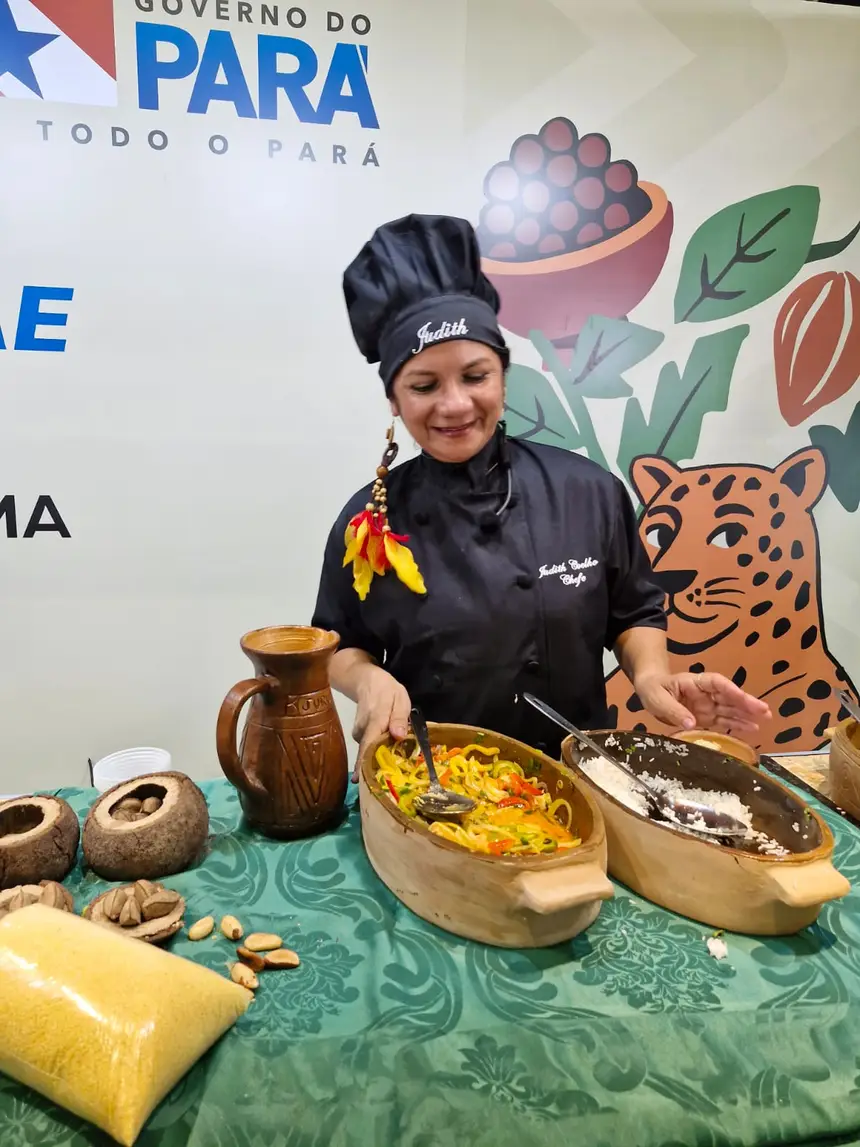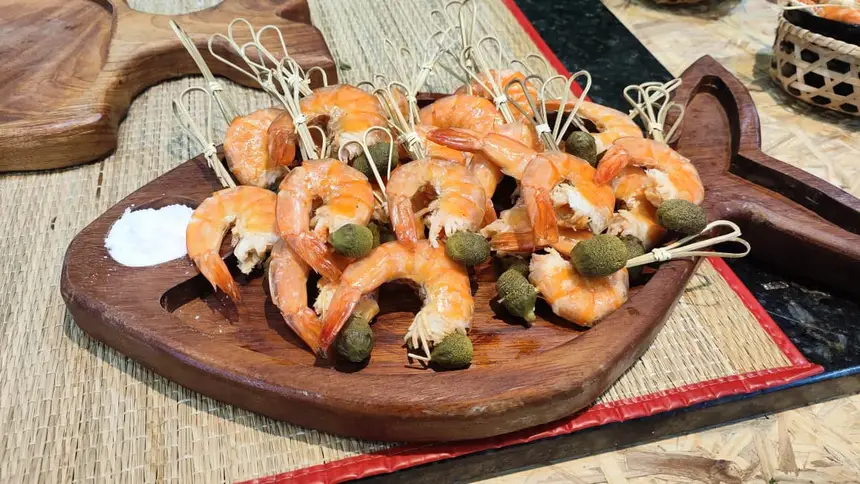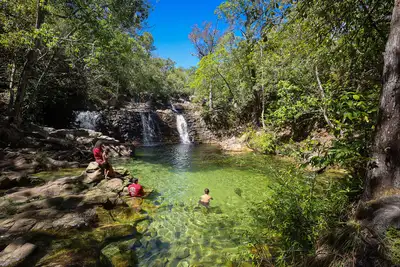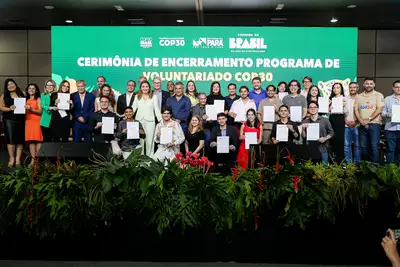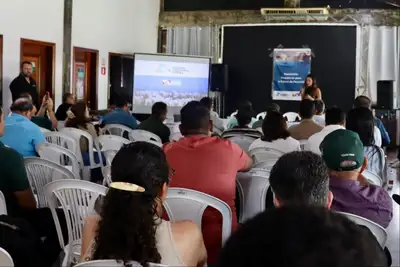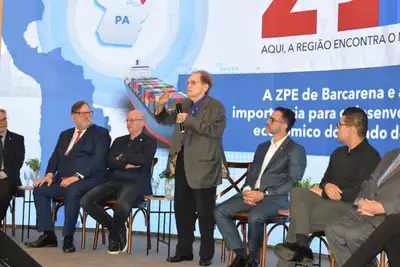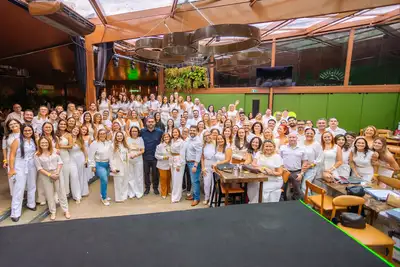'Cozinha Show' celebrates traditional knowledge and flavors of Pará cuisine
The program at the Pará-Municipal Pavilion reinforced the richness of Amazonian ingredients, the creativity of Pará chefs, and the flavor of fish, herbs, flours, and nuts
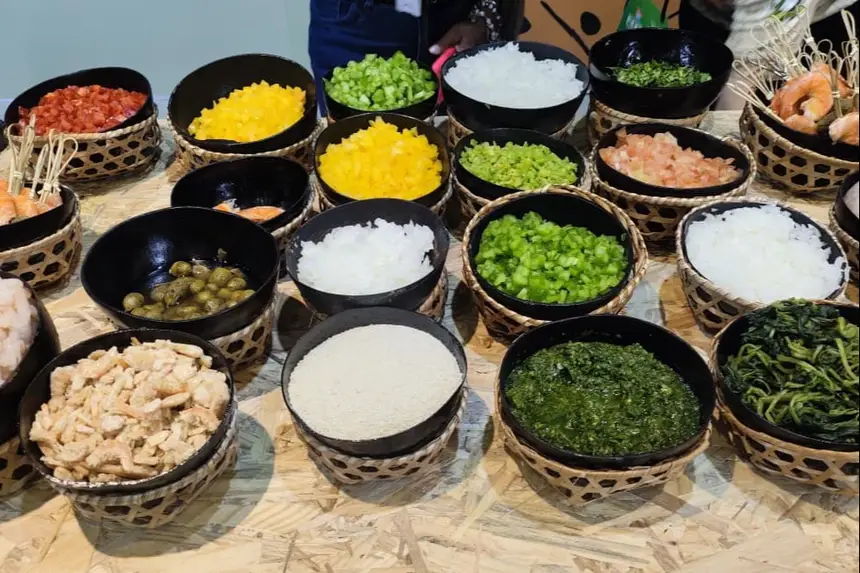
On the fourth day of the Pará-Municipal Pavilion, set up at the Centenário Convention Center, the Cozinha Show was marked by an immersion in the culinary diversity of Pará municipalities this Thursday (20). The program brought together chefs from Vitória do Xingu, Juruti, Marabá, and Santa Izabel do Pará, each presenting dishes that highlighted ancestry, innovation, and the strength of family farming in regional cuisine.
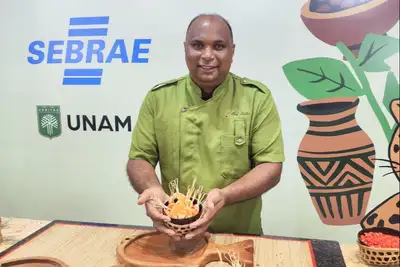
At the opening of the program, chef Elder Soares from Vitória do Xingu presented the dish "river roots". The recipe, a shrimp pirão made with everyday ingredients from the region, reinforced the relationship between the rivers and the Pará table. According to Elder Soares, the proposal was born from the desire to innovate without abandoning the simplicity of what is already available. “We take advantage of the river shrimp and the cassava flour from the land. It became a dish between rivers, a surprise that we brought from gastronomy and innovation with the things we already have in the kitchen,” said the chef.
He also highlighted the emotion of representing his municipality at the event. “It’s a unique moment, an event of this support at a national and global level. I was very happy to have been invited by the state government. The emotion of being here is indescribable,” he stated.
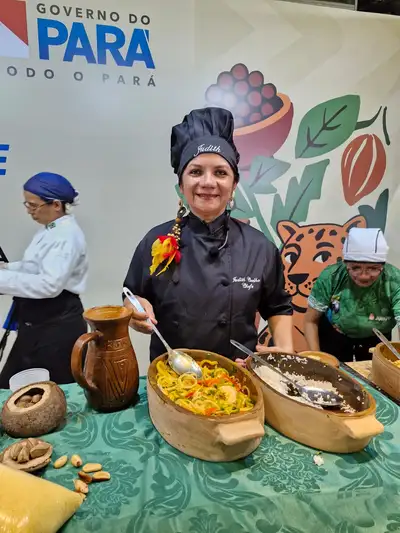
Indigenous heritage - Next, chef Judith Coelho from Juruti presented the traditional "pirarucu in Brazil nut milk", prepared without palm oil, coconut milk, or cream, preserving characteristics of indigenous cuisine. The recipe is accompanied by piracuí farofa, banana, and rice. “This inspiration comes from a long time ago. My mother made a lot of pirarucu with Brazil nut milk, just like jabuti. This childhood memory stays with me to this day,” she reported. With more than three decades dedicated to gastronomy, Judith celebrated the opportunity to resume her participation in state events: “It’s a great satisfaction. A unique moment for me,” she added.
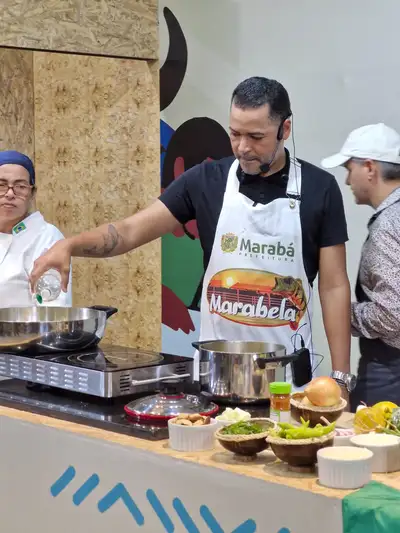
The third to take over the Cozinha Show was chef Josué Richardson from Marabá, who presented the classic "tucunaré from Marabá", honoring one of the symbols of local cuisine. He explained that the fish — found in the Tocantins and Araguaia rivers — is part of the daily life of Marabá families. “It’s the kind of dish you eat on Sunday. Bringing the tucunaré is bringing the culture and our people here,” he said. For him, bringing the dish to an event that integrates the COP30 program reinforced a message of environmental awareness. “The COP brings awareness about fauna, flora, our watersheds, and the preservation of our fish. It’s about appreciating responsibly, at the right time, to ensure a better future for our people,” he emphasized.
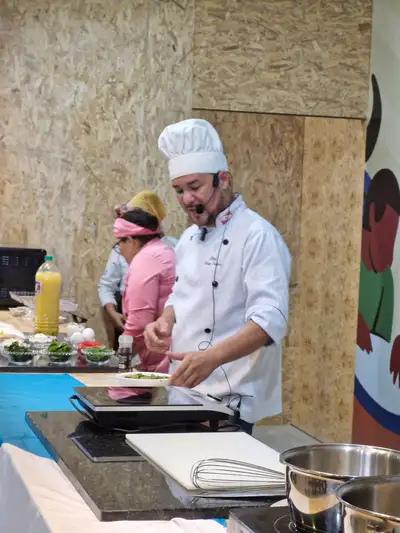
Solid tacacá - Closing the program, chef Diego Sousa from Santa Izabel do Pará moved the audience by presenting the tapioca flour pie, inspired by the transformation of tacacá into a solid version. Representing the Americano district — responsible for more than 90% of the tapioca flour produced in the world — Diego praised the century-old trajectory of the ingredient. “The popcorn of tapioca flour was born in Santo Izabel, in the Americano Village, and it was a phenomenal gastronomic accident. We consider our district the world capital of tapioca flour,” he informed.
About the dish presented, he said that “the idea was to bring tacacá in solid form. All the elements are there: the gum represented in the tapioca flour, the thick tucupi sauce embracing the shrimp, the herbs, and the crisp of jambu bringing crunchiness.”
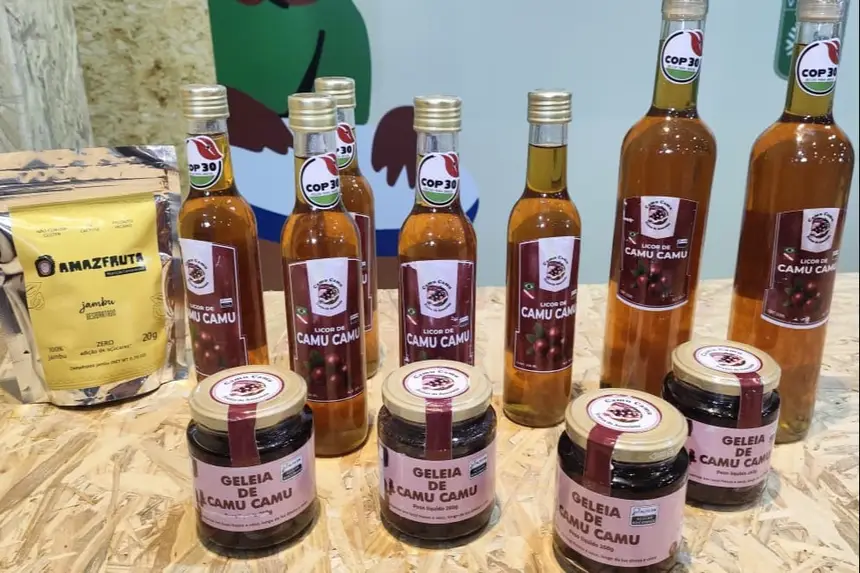
Diego Sousa approved of the integration atmosphere at the Pará-Municipal Pavilion. “It feels like a big gathering of peoples. We are happy to contribute so that COP30 is more than a climate conference, but a collective celebration,” he emphasized.
The fourth day of the "Cozinha Show" reinforced the richness of Amazonian ingredients, the creativity of Pará chefs, and the strength of gastronomy as a cultural expression capable of dialoguing with the world at a time of great international visibility for Pará.


